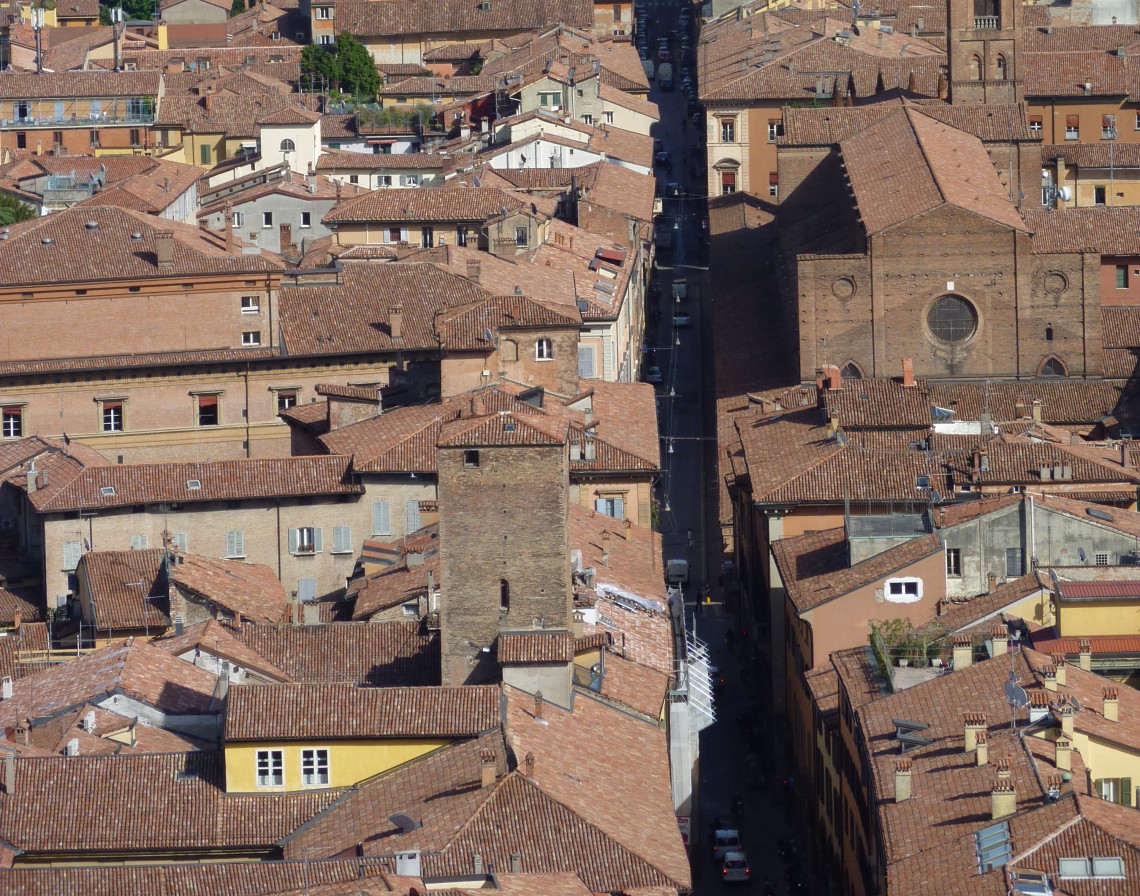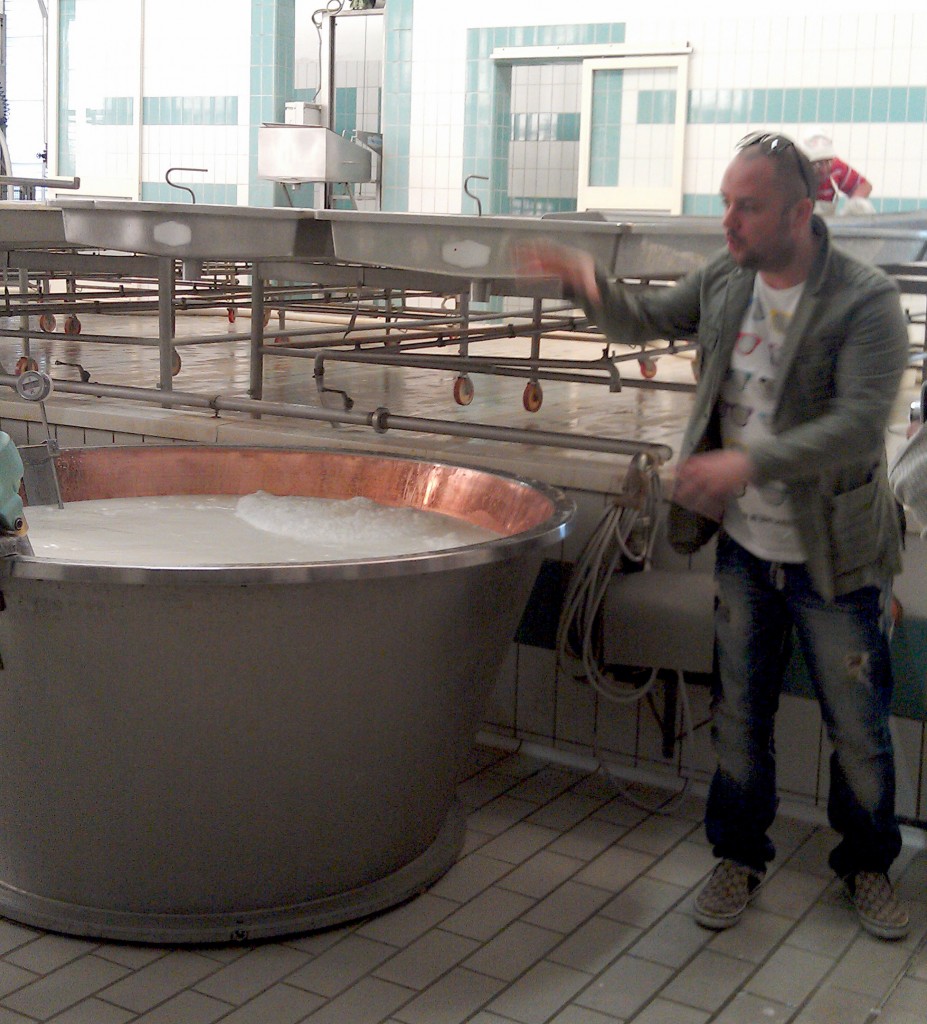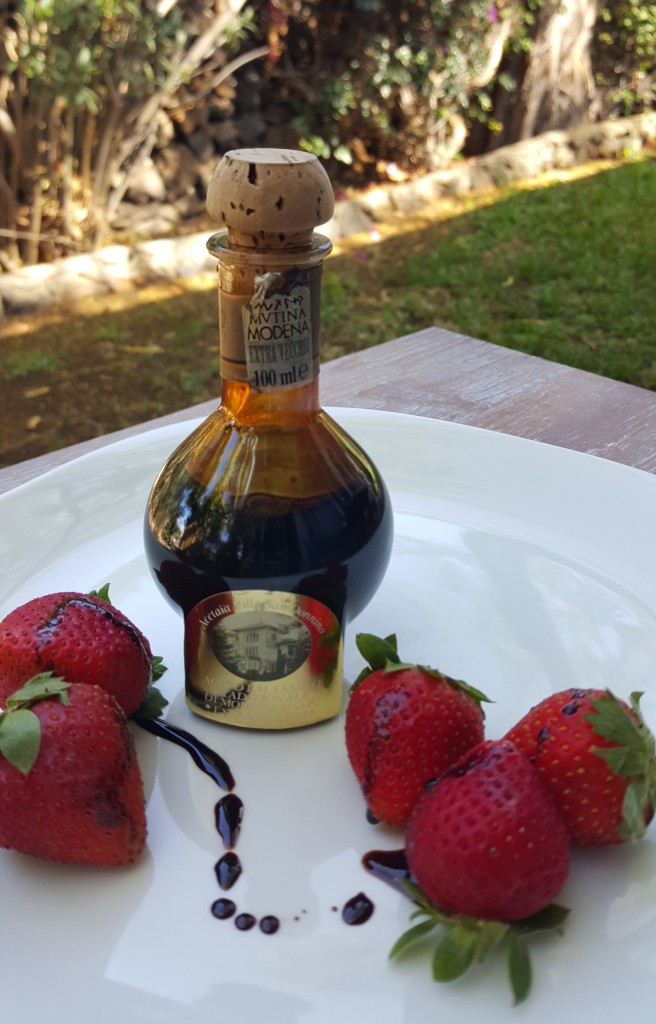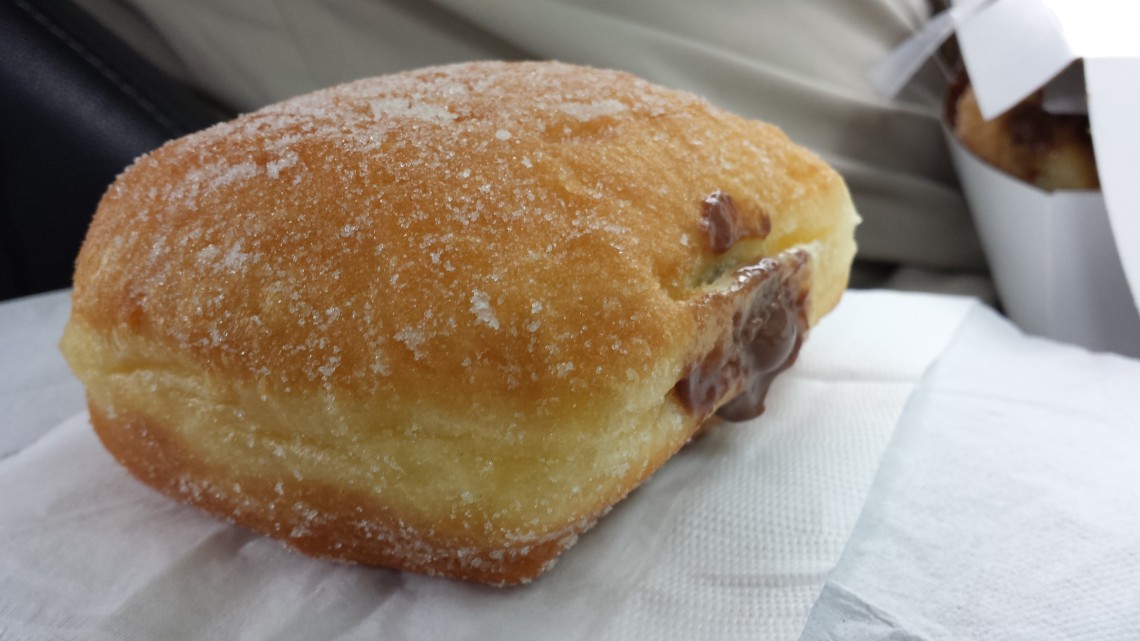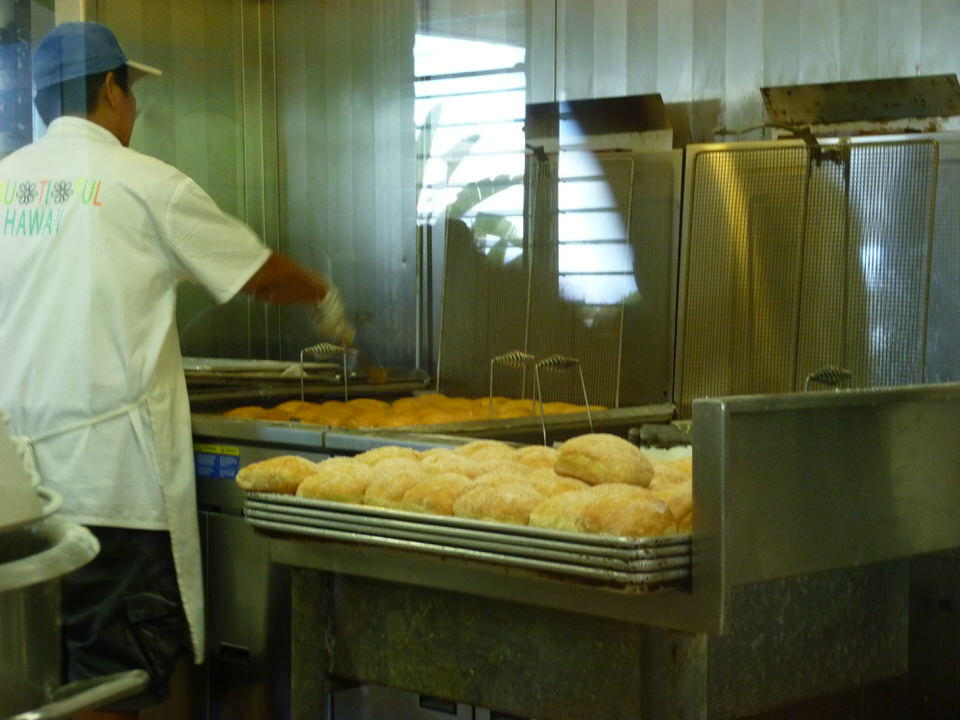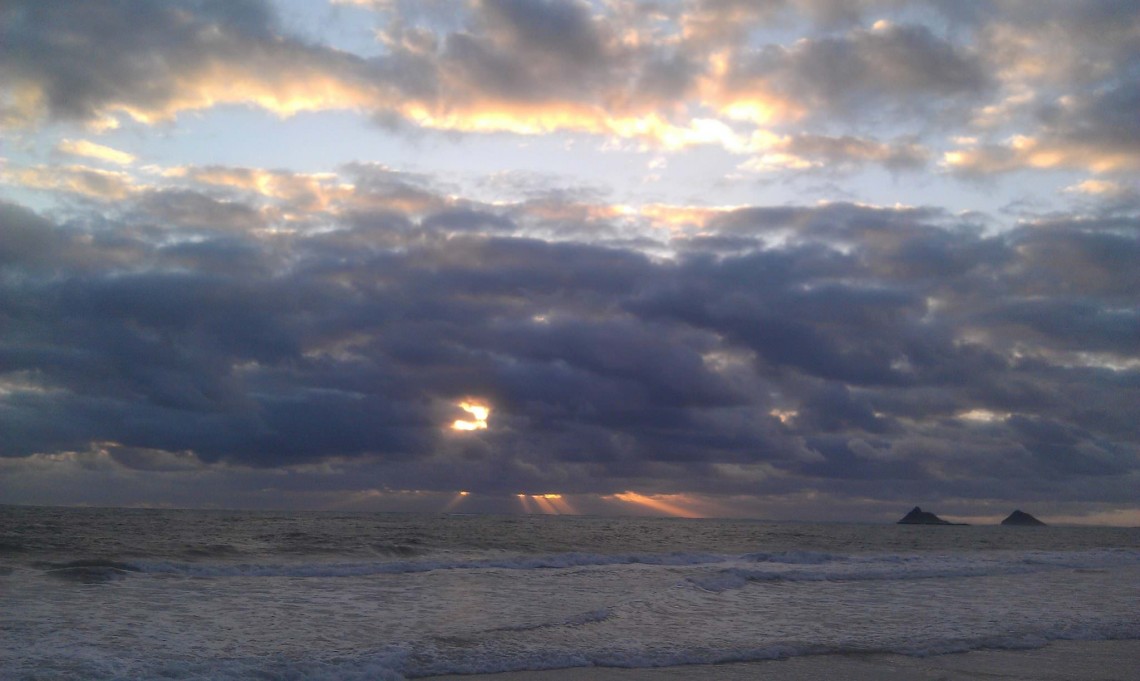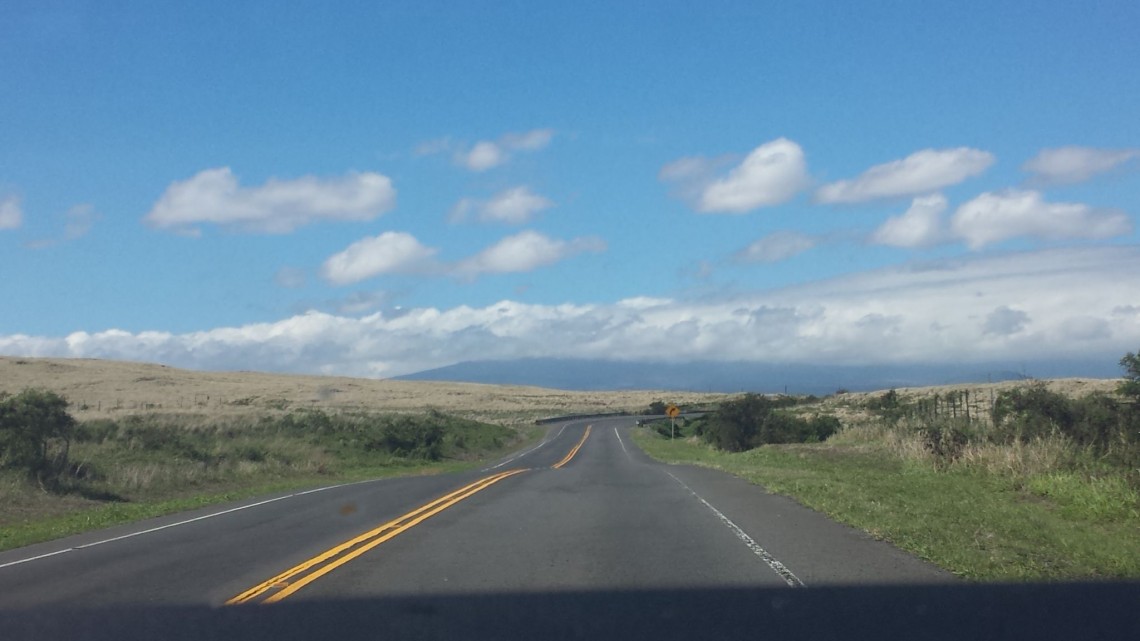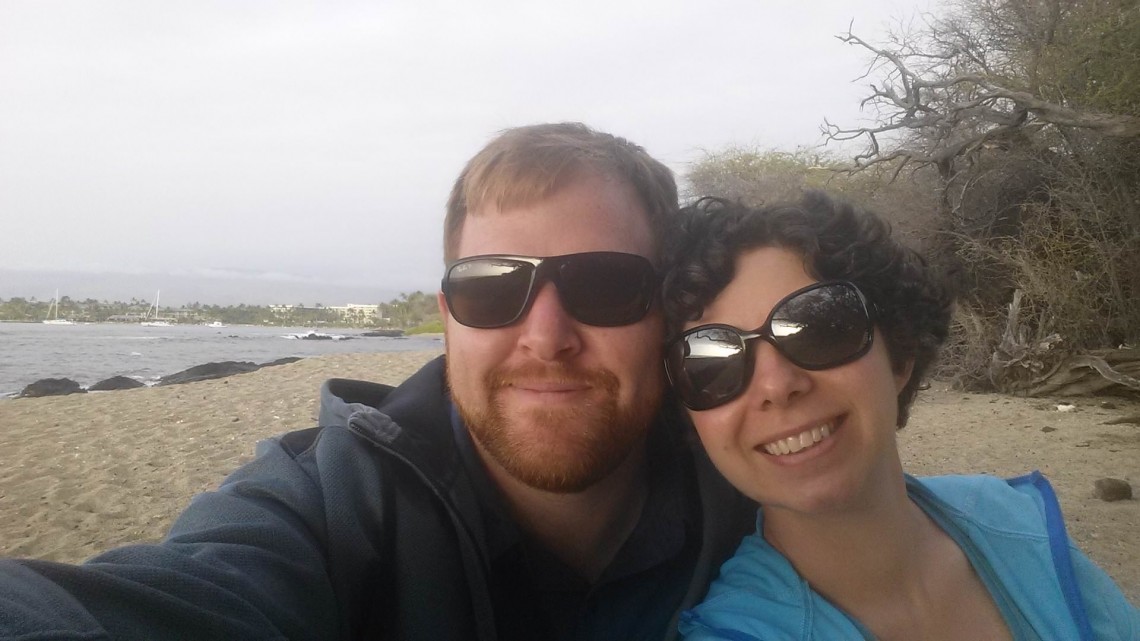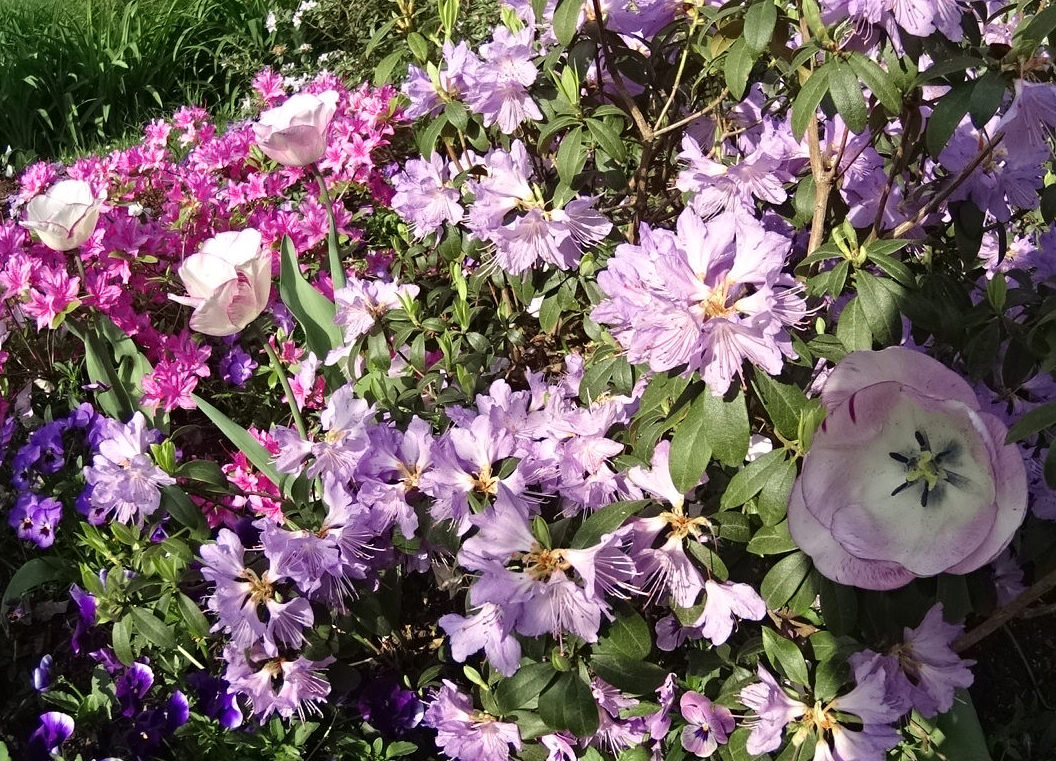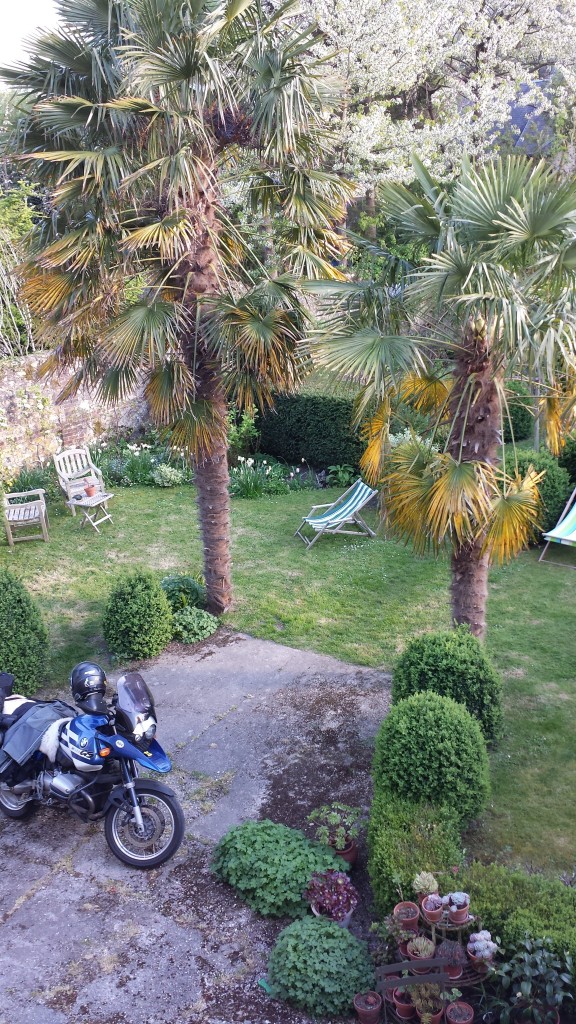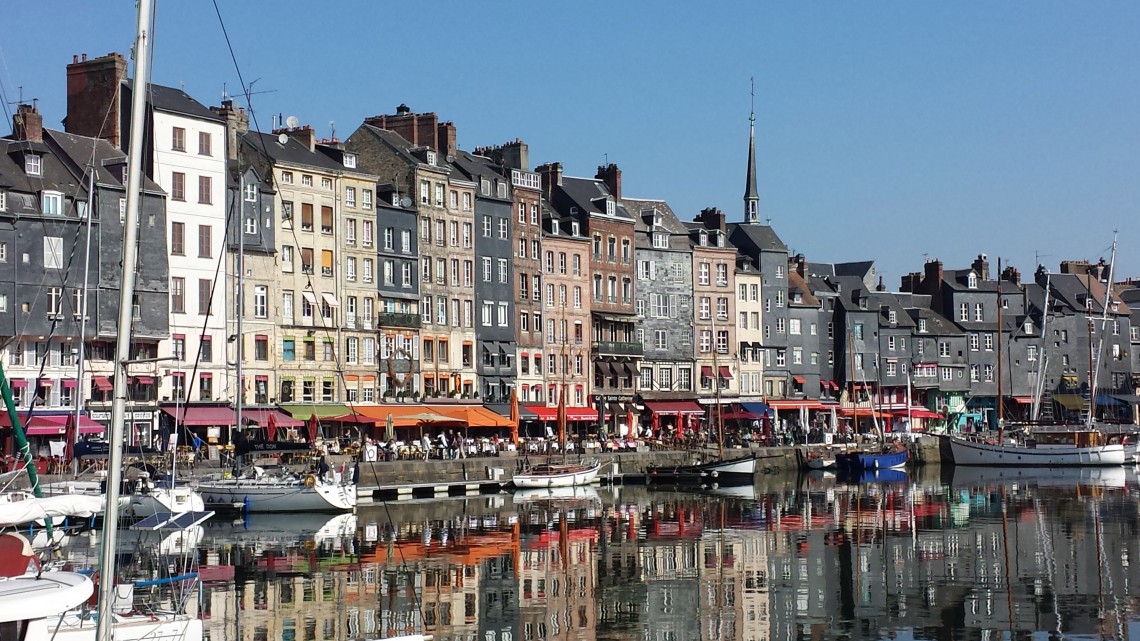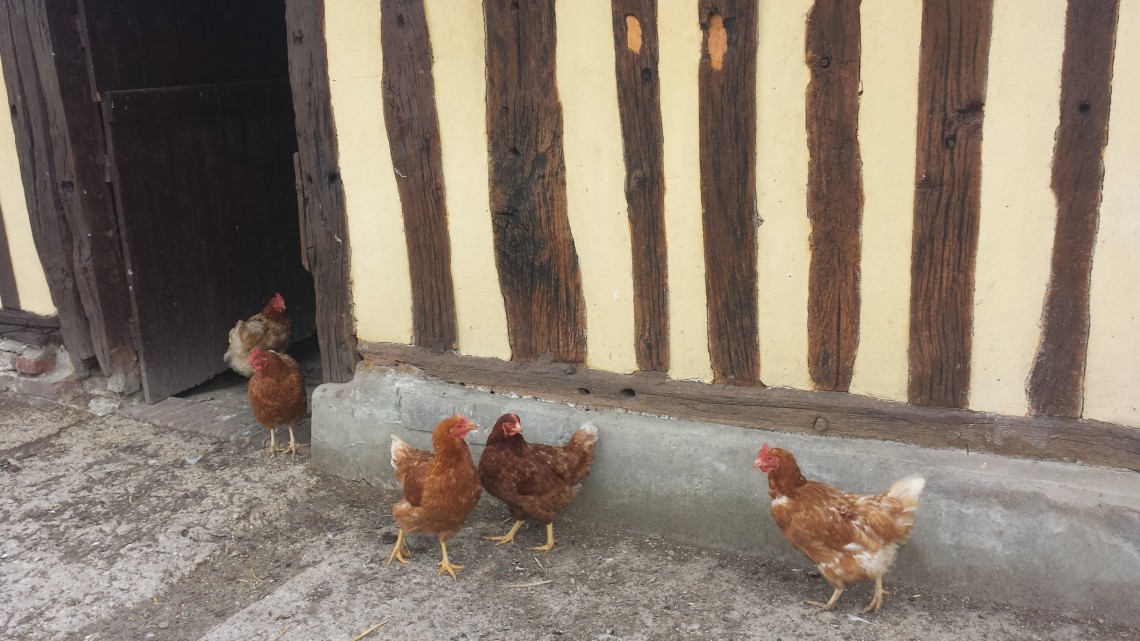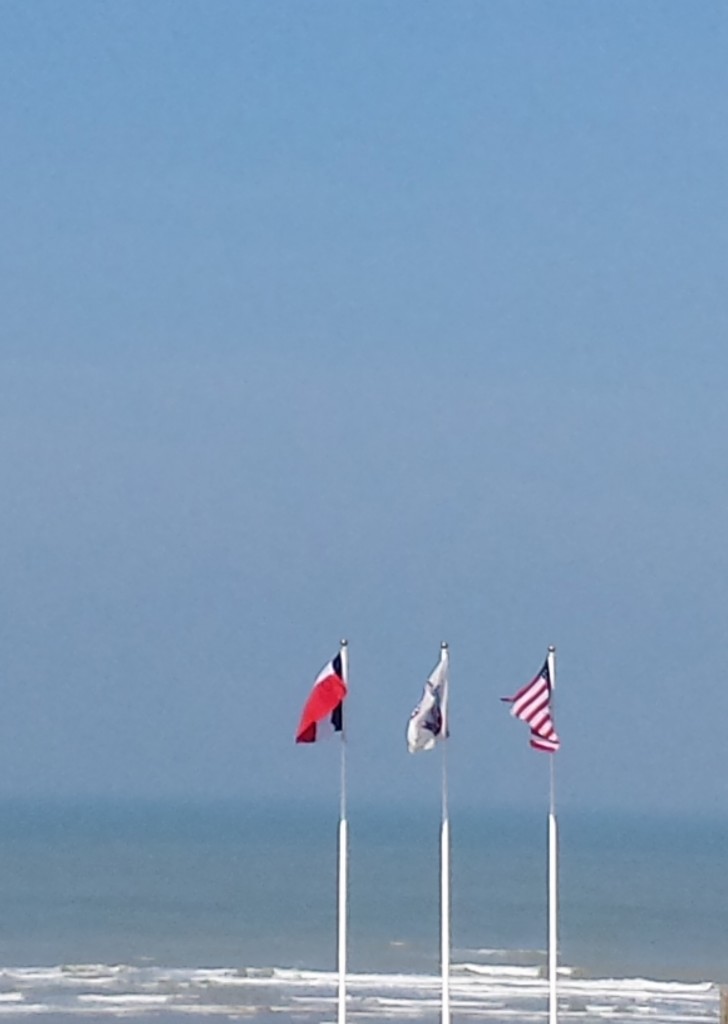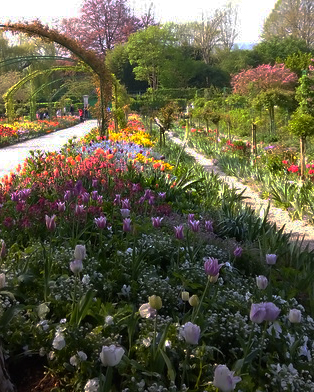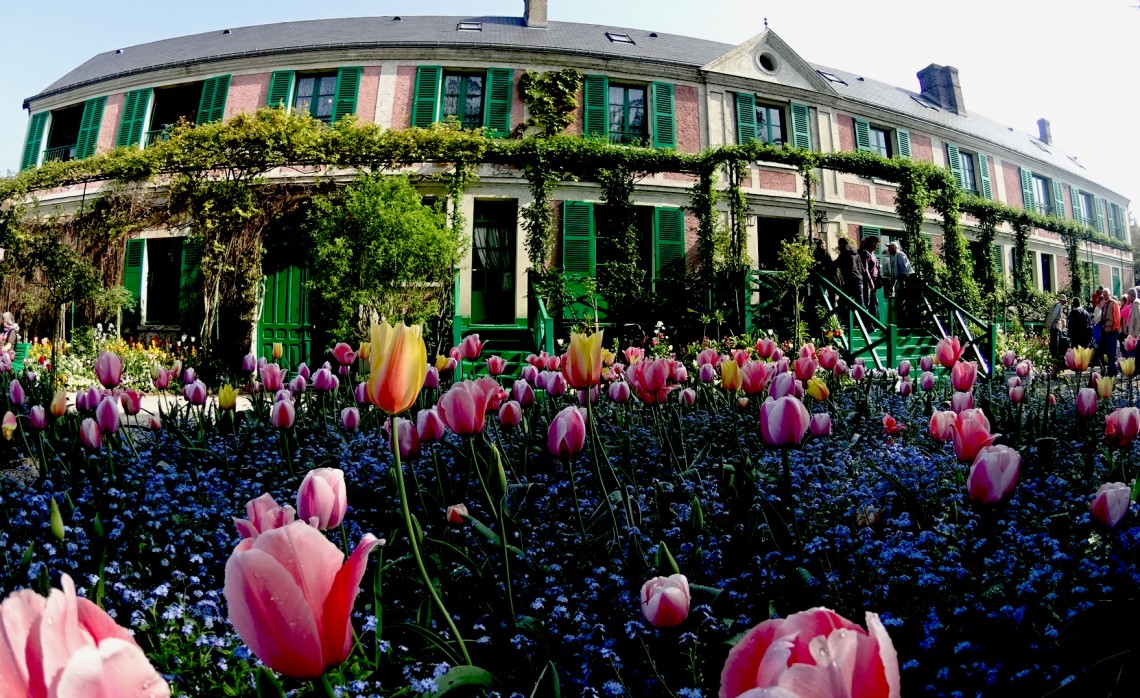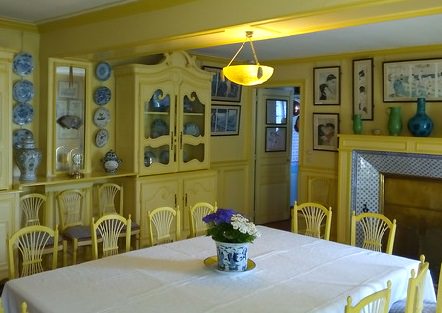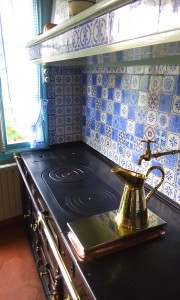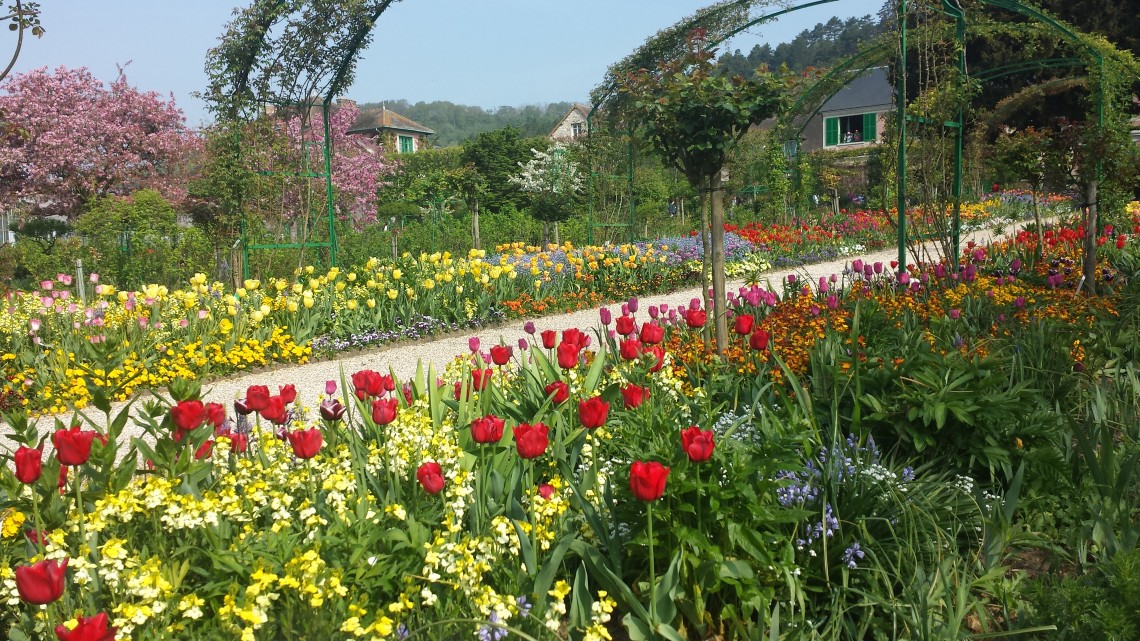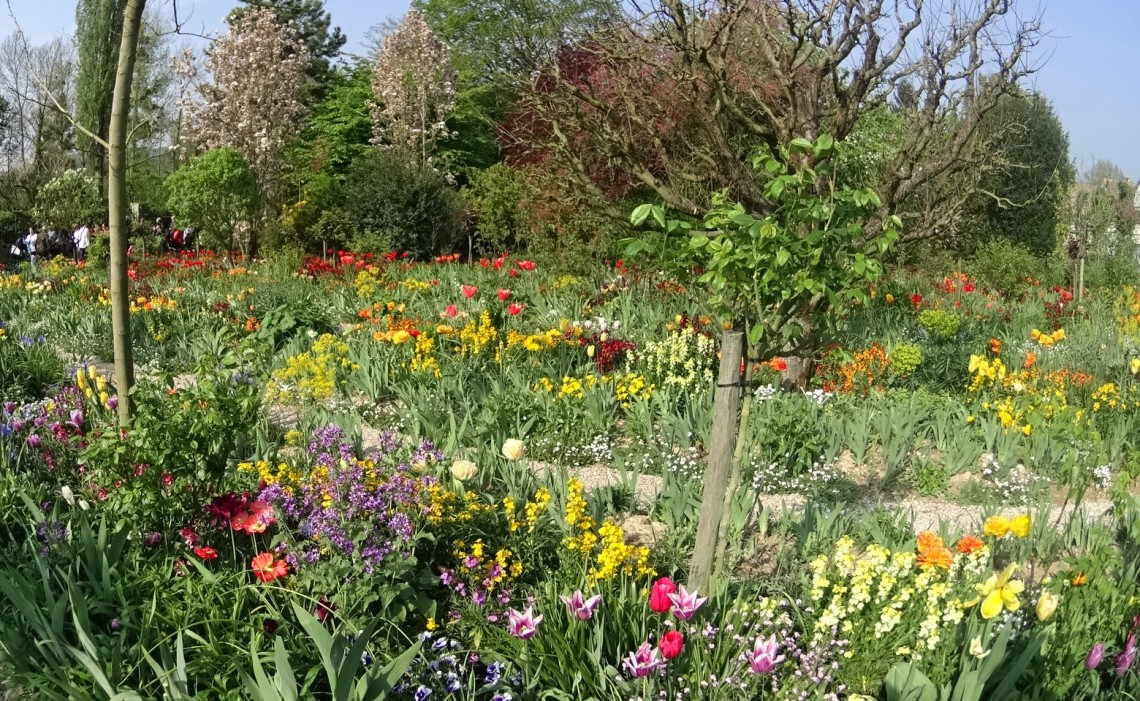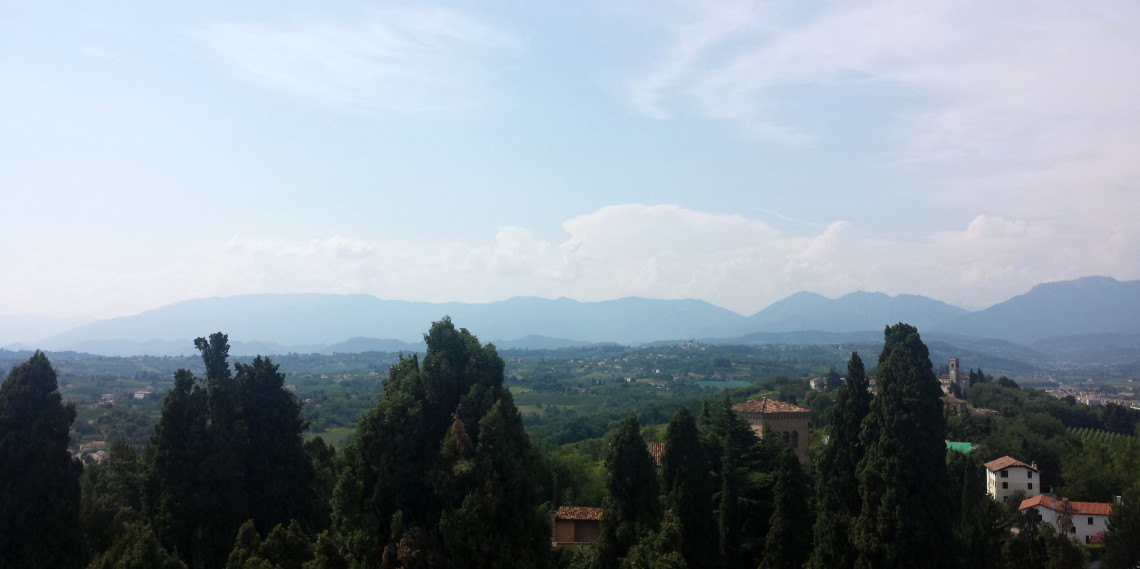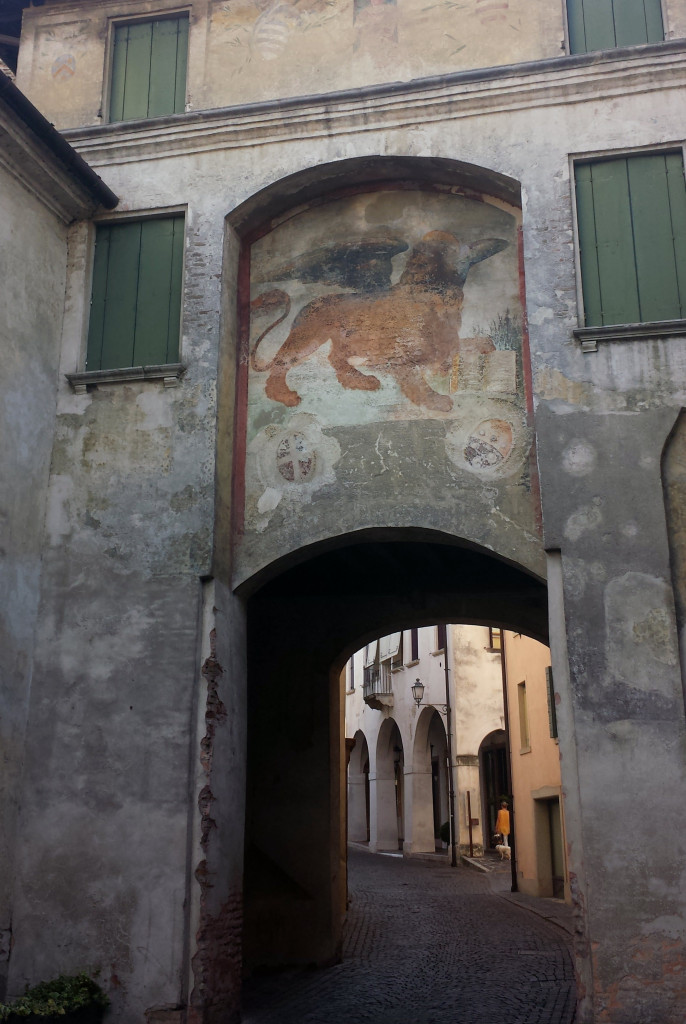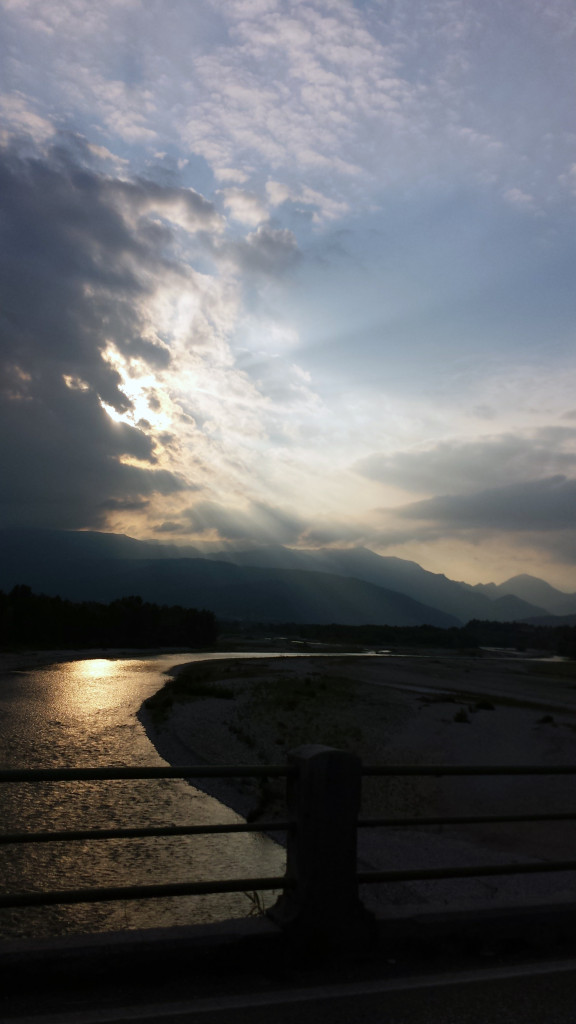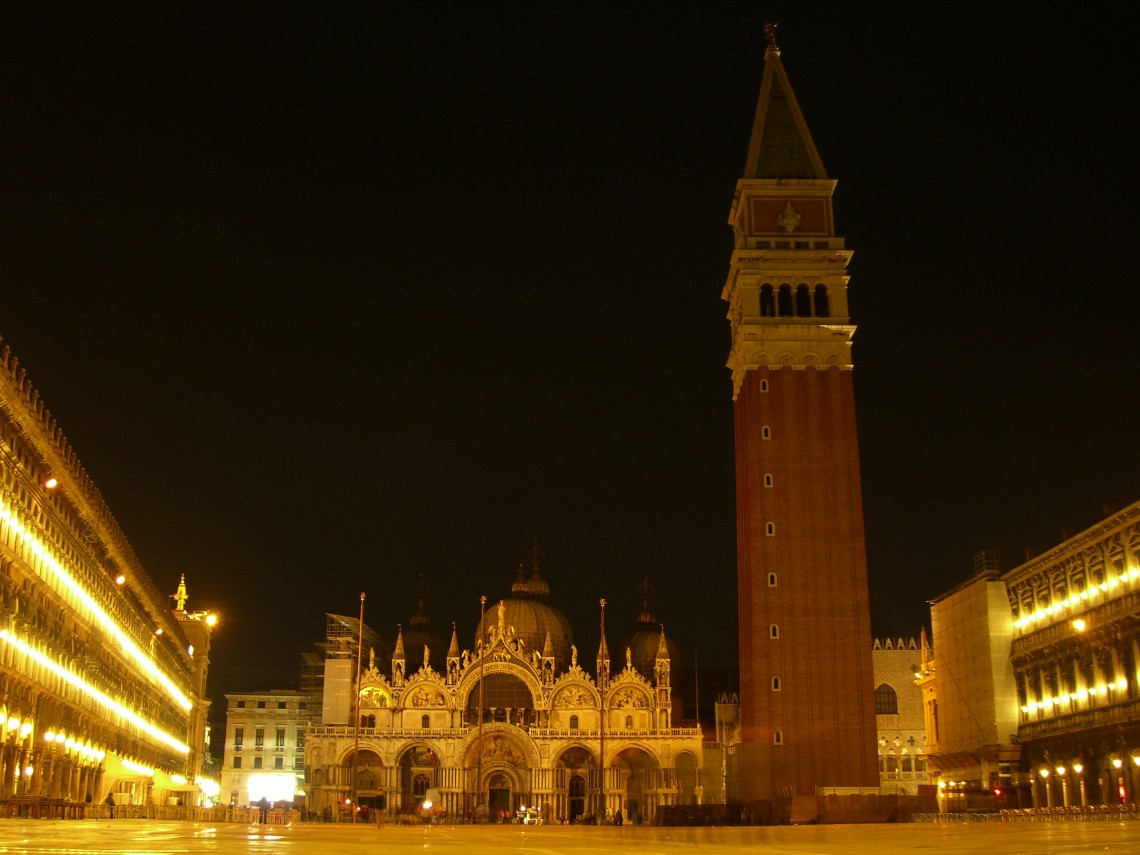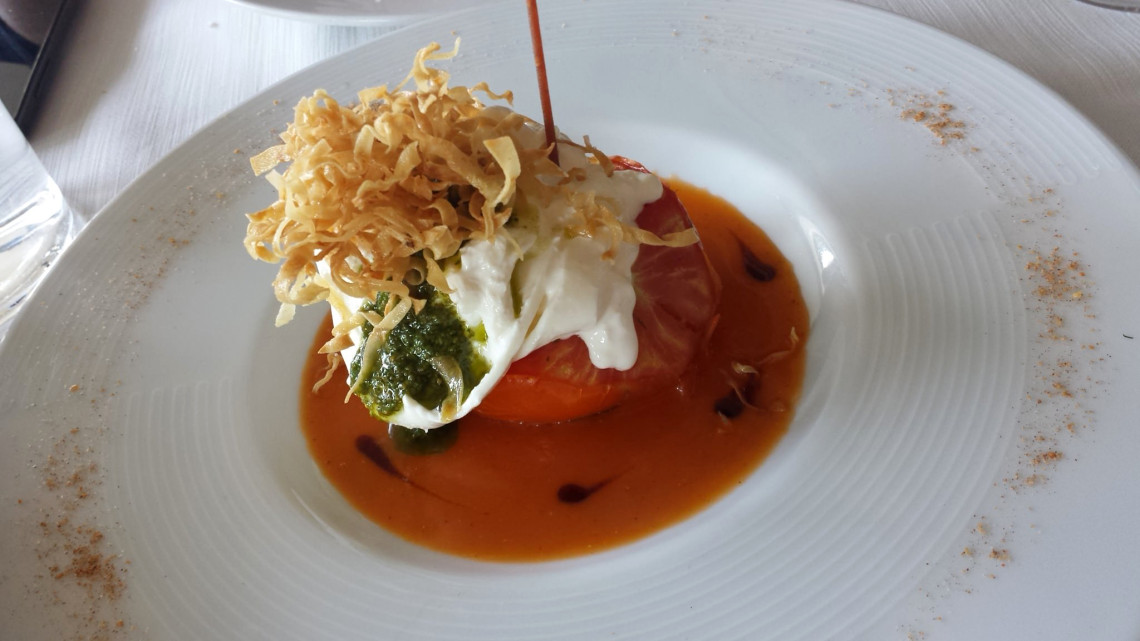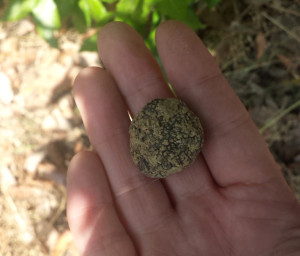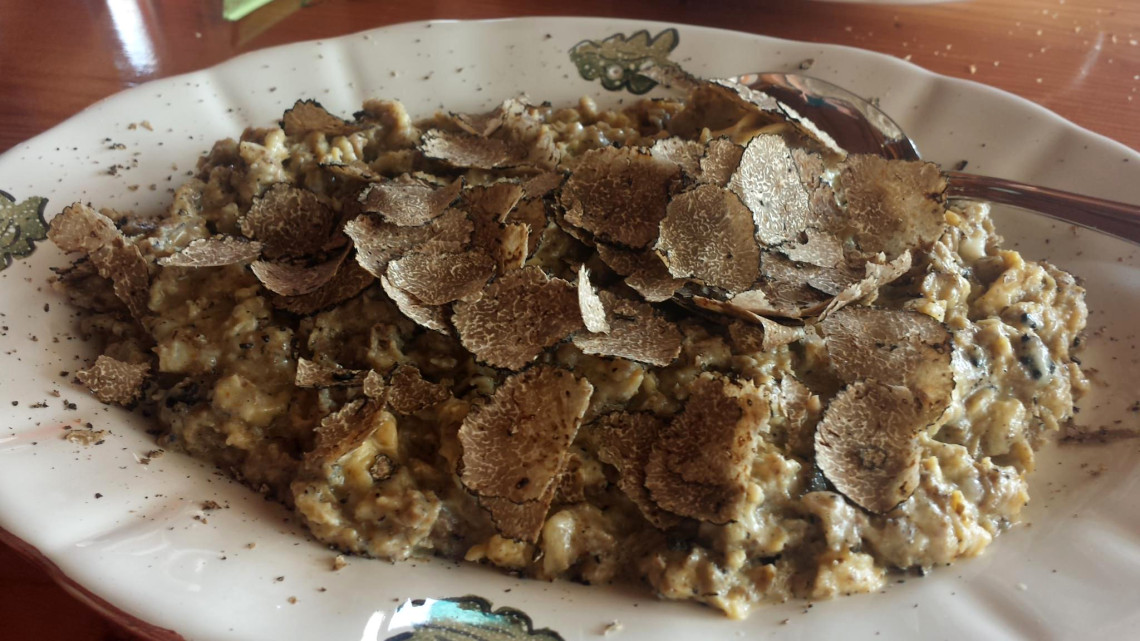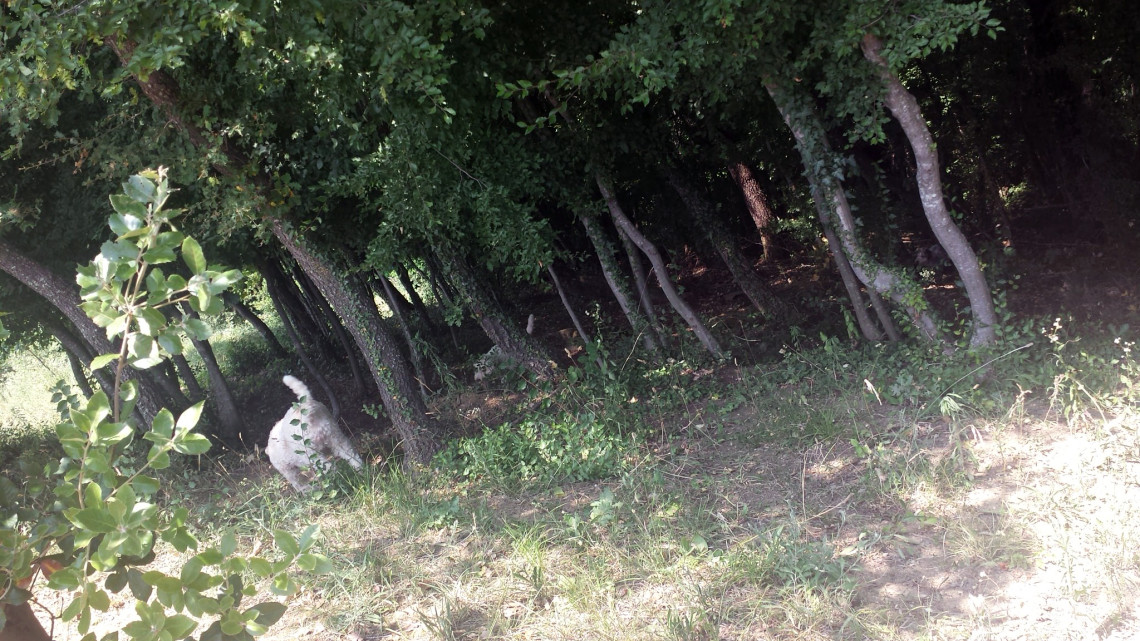The first stop on the Italian Days Food Tour was a family-run factory making the king of cheese, Parmigiano Reggiano DOP (parmesan as most Americans call it). You could smell a very distinct smell outside the factory. This was Parmigiano. As a scent sensitive gal, I feared this moment since the day I booked the tour, but the smell was completely different than what I feared.
Cheese never entirely agreed with me growing up, so I never took a liking to it. Then, one day I started eating “real” cheeses, and it turns out that it wasn’t the cheese of my youth that disagreed with me, but more likely the fact that I wasn’t eating cheese at all. My mom never liked cheese, so we never ate it, other than grilled cheese sandwiches made with American cheese food product in white or yellow. Each slice was very conveniently individually wrapped.
My childhood convinced me that I did not like cheese. We also had in the fridge a plastic jar of parmesan cheese for my dad. I cringed every time he pulled it out. I hated the smell, despised it even. It reminded me of the odor that permeated when he would take his work boots off at the end of the day. My sister and I would both wince and tell him to please, for the love of God, put your boots outside.
I was pleased to experience that it was not the same smell. The smell was slightly sweet, nutty, and a bit foxy. I will admit though, by the end of the tour it was wearing on me. Much like any strange smell does after a long dose of exposure.
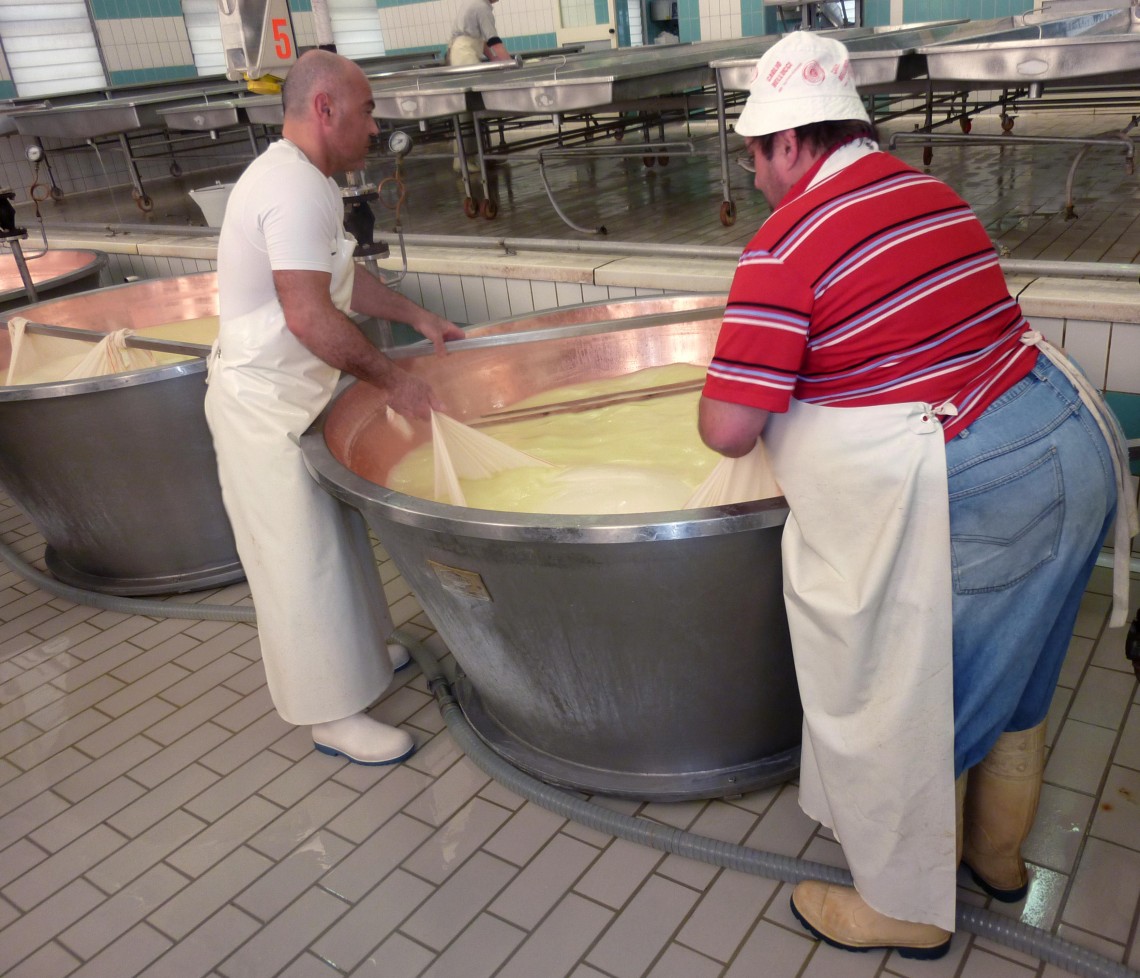
Head Cheesemaker and his assistant pulling the Parmigiano Reggiano out of the cauldron
Ever the light packer, I had two pairs of shoes to select from for the day. Strappy flat leather sandals and hiking sneaks. I chose to wear the former and instantly regretted it. We entered the factory, and a slurry of milky-whey-watery substance that was all over the floor licked the sides of my feet. Lesson learned closed shoes next time you visit a cheese factory.
Except for the slurry, the factory was immaculate. White tile floor and walls and shiny polished stainless steel work surfaces everywhere. Cheese balls were being produced in large copper cauldrons about 6+ feet deep. About 2 1/2 to 3 feet were above ground and about the same or more recessed below the surface.
Unlike other cheese tours, this one presented the entire production process. Morning milk delivery, whey separation, cheese ball pull out and forming, salt bath soak, aging, wheel rotation, and brushing.
We learned all the production steps and tradition that separates Parmigiano Reggiano DOP from just cheese.
It was an honor to meet the head cheesemaker, and if I recall correctly, he has not taken a single day off in over thirty years. He was what I would picture if someone said to imagine the “head cheesemaker.” A happy man, but very serious. It was as if the world was on his shoulders. Each day’s milk delivery turns to tomorrow’s cheese production. If he halts production even one day, he stops the entire process.
There were millions of Euros of cheese wheels aging. Yep, the crap in the plastic container at the grocery store is just that, crap. And, of course, we tasted the amazing cheese. Then the real tasting, Parmigiano Reggiano DOP aged for over 12 years, 20 years, 22 years, and the king, aged over 30 years. Complex, nutty, and refined, we washed it down with beautiful, slightly frizzante local Lambrusco.
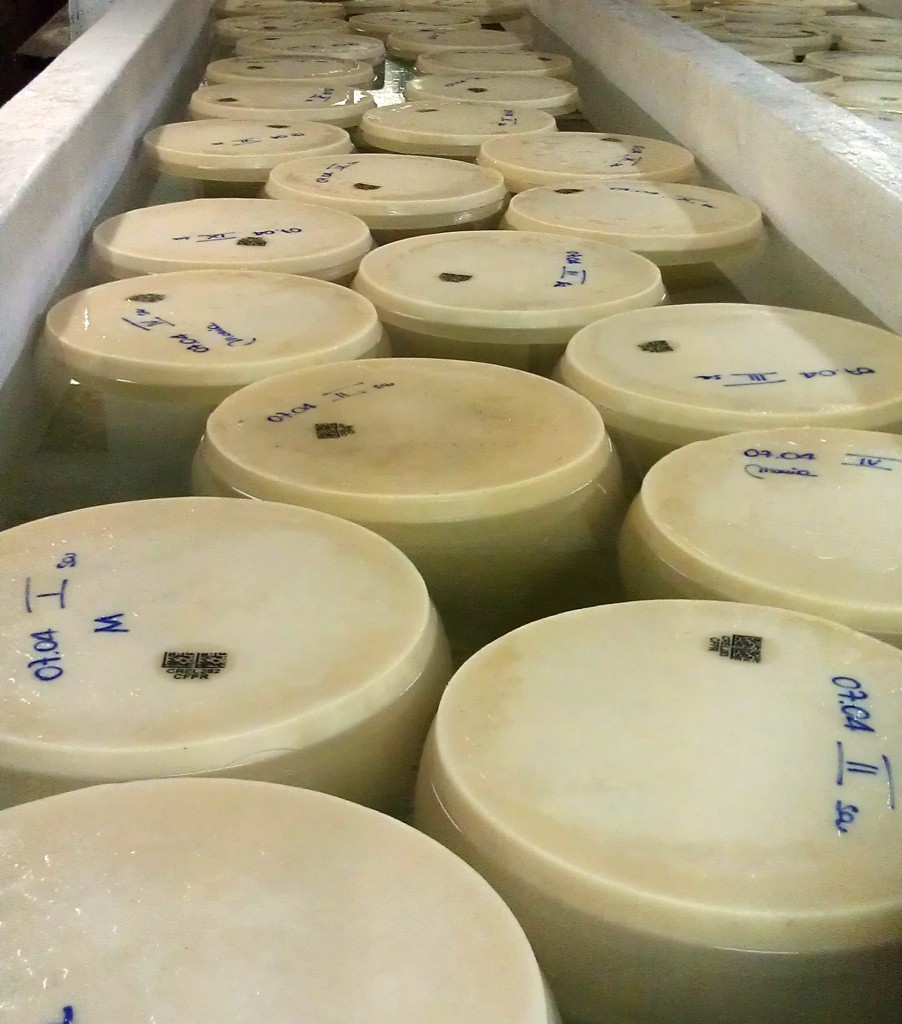
Parmigiano Reggiano wheels curing in a salt bath
Back in the van, we were off to a family’s villa that has been producing balsamic vinegar in the traditional method for over 200 years. Explore Italian Food, Bologna Style, Aceto Balsamico di Modena, Part 3
Part 1 of 3: Explore Italian Food, Bologna Style with Italian Days Food Tour
Part 3 of 3: Explore Italian Food, Bologna Style, Aceto Balsamico
